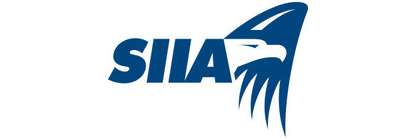Captives Fill Gaps for Risk Mitigation for Construction Firm
Summary
Applied Construction Solutions (ACS), based in West Virginia, offers construction services to all sectors of the oil, gas, utility, midstream, and energy industries.
ACS was frustrated with higher premiums and gaps in its assorted risk-mitigation coverages-particularly in its employee benefits program.
Client Concern/Challenge
The rates from its traditional, fully-insured model continued to rise every year; the company believed its own claims were not high, but it had no visibility into the claims data. The firm found itself chasing lower rates annually by seeking competing programs from insurance carriers, with few benefits other than moderating the accelerating rate increases.
Solution
After research, ACS moved in 2022 to a self-insured group medical benefits captive that gave the team visibility into claims, group purchasing benefits, and the ability to share in insurance carrier profits through the size of the group.
After joining the medical benefits group captive, the ACS team began working with Capterra Risk on other ways to mitigate company risks.
ACS expanded into a single parent captive to cover risks around business interruption, cyber-attacks, excess pollution/environmental liability, deductible reimbursement, property, and crime/theft losses.
Results
Andria Alvarez Wymer, Director of Strategic Initiatives and Planning at ACS, says “in the first year of our single parent captive, we were able to receive reimbursement from a claim related to employee theft related to fraudulent invoices. Without the captive plan, ACS would have faced that loss.”
She adds that setting up an effective captive program is not simple and requires a skilled partner. “There is a huge learning curve,” says Ms. Alvarez Wymer. “The Capterra team is highly knowledgeable; they keep the program simple with ‘layman’s terms.’”
“Capterra is a great team with whom to work and are always available.”




 Act.
Act.